An article written by Andy Extance for ELECTRO OPTICS, in collaboration with Joël THOME, CEO of Piséo – Laser-based technology and sophisticated modulation schemes could help deliver on future demands for high data volumes, finds Andy Extance.

In 2011, Harald Haas revealed a technology that would see light-based wireless data pouring from our lightbulbs, yet more than a decade later few have seen it in action. Haas gave a talk at the TEDGlobal conference that introduced LiFi communication, whose recording now has 2.7 million views. In it, Haas noted that the optical spectrum is more than three orders of magnitude wider than the entire radio spectrum used for existing wireless communications. ‘People in the meantime have always asked, “Okay, if there’s so much resource, why don’t we see these very high data rates?”,’ Haas, who is now at the University of Strathclyde, Glasgow, told Electro Optics. ‘That is primarily down to the availability of devices.’
One critical advance is that LiFi developers have recently added lasers rather than just LEDs to their products. ‘The modulation speed of LEDs is limited by the nature of the semiconductor device,’ explained Joël THOME, CEO of the Vénissieux, France-based photonic innovation centre Piseo. Piseo is also a partner of France-based semiconductor market analysis company Yole Développement. Joël THOME highlighted vertical cavity surface emitting lasers (VCSELs), which turn off and on at much higher frequencies than LEDs, meaning they can encode more data. ‘However, their power is generally low, especially in the near infrared wavelengths, and they require caution to prevent eye hazards,’ Joël THOME added.
Source: https://www.electrooptics.com/



